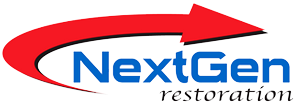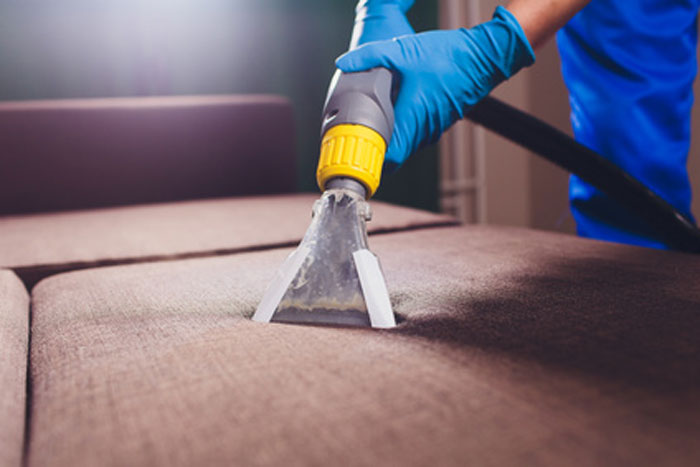Can I Dry My Own House or Should I Hire a Water Extraction Professional?
This is the first question that any person asks when they encounter a water damage or flood damage event in their home or business. Well, at least it might be second after “oh dear God, why me?” The short answer is “Maybe”. The better question might be “should I?” So here are some of the many things you have to consider when you take on the prospect of drying a structure. There are steps in drying a structure. They include Site Evaluation, Water Extraction, Moisture Mapping, Environmental Stabilization, and Documentation.
1.Site Evaluation – What kind of water am I dealing with? Clean water is considered Category 1 within the industry. Water that has come from a contaminated source, or through contamination is considered to be Category 3 or Black Water. Category 2 is found from more minor contamination sources or by aging a clean water loss just 24-48 hours. You can get a full look at these categories if you would like to go to http://iicrc.org/standards/iicrc-s500/ you can purchase a copy of the Industry standard that will give you this info as well as a guideline that almost all professional restorers follow.
In fact, much of what follows is the direct result of the standards requirements. Please note that contaminated water sources require special precautions, personal protection gear and pressurization of affected areas to keep your whole house from being cross contaminated. Best to use a professional restorer for any Category 2 or 3 loss. Also be aware of any visible mold or moldy smell. If you smell it, it is there and actively growing. Also remember that if your house is older than 1978, lead is guaranteed and asbestos is like present. Lead can make you sick but asbestos WILL kill you in 20-30 years if handled improperly.
2. Water Extraction – Depending on the Category of water, floor coverings might be able to stay, or they must go. If they can stay, you will need to do a compressive extraction with a weighted extractor to get the water out of the carpet and padding. No vacuum, shop vac or other mythical device you can get your hands on will remove enough water from your carpets to make drying efficient. Typically, you need to find either a Water Extraction Professional or remove all the carpet and pad. If you have tile, you are golden. If you have wood floors, you are in trouble. We use specialty equipment that is capable of getting water from under a solid wood floor. If you have a floating floor like Pergo and it is damaged, your garbage man will be hating you tomorrow because you will have to throw it all away.
3. Moisture Mapping – In order to know when you have dried your house, you must first know where it is wet. You will need a moisture meter which you can get from a variety of different manufactures, but be prepared to be on your hands and knees for an extended period of time locating EVERY wet area in your structure. These locations need to be put on a floor plan and tracked daily. So, be prepared to spend quality time with your building materials. As a Mitigation professional I get to use cool gadgets like Thermal Imaging Cameras and Wireless monitoring systems so that I can do in 2 minutes what takes you 2 hours. Make friends with me (I am currently taking applications) or someone like me or get ya some kneepads (you’ll thank me later, really!)
4. Environmental Stabilization – I.E. Installing Dehumidifiers and Air Movers. There are formulas and guidelines for how much of each equipment type you will need that you can find in the standard up in the IICRC link that I posted above. Again, we have the cool stuff. We use wireless sensors to give us this information remotely and our dehumidifiers have these sensors built into them. You must have enough of both dehumidification and air movement and they must be in balance or you can waste a lot of time and money and grow mold for your trouble. This happens all the time. We know, because we finish what others start from time to time. Historically, it is much cheaper to have it done by a pro when in doubt rather than to miss the mark yourself and pay the resulting enormous bill. I need to mention that insurance companies have VERY strong opinions about how drying is performed and if you make a mess, they will likely tell you thank you and deny a claim that they would have paid me to do without question.
5. Documentation – All of the moisture levels in materials and vapor levels in the air must be monitored daily and until they reach their pre-loss levels (also known as the Dry Standard). It is worth noting that what an insurance company gets from us in our standard documentation package is 40 to 60 pages for a water loss. This is what they expect, and what they require to pay for your loss. Remember, if it is not documented, it’s like it never even happened. When it comes time to sell your house, you will need this documentation so that the new owner knows the work was done correctly. THE INSURANCE COMPANY COULD CARE LESS IF YOU CREATE A PROBLEM IMPROPERLY DRYING A HOUSE. Why? because they only owe for the expenses that you actually incur. Dry it yourself incorrectly and they pay the bill you submit and now you are responsible for the remaining mess. Please don’t let this happen to you.
I must caution my faithful readers that this is a VERY basic guide and, like many things, the devil is in the details. While it might be possible to handle your own loss, I can imagine the chances of doing it properly being almost nil. Not an advertisement for NextGen Restoration, just a realization of the complexities of a water loss. At times like these I remember my childhood when I saw a hang-glider soar effortlessly and decided that understanding the general concept of a wing, I could fly. I would like to report that a pair of goggles and a twin sized sheet tied to my wrists did not a hang-glider make. Just because it looks easy, doesn’t mean it is, and the price can often be dear….
If you find yourself overwhelmed and in need of help, just give NextGen Restoration a call. We are available 24/7 at 813-962-6855. We are happy to answer your questions and give you the professional hand you might need.
Blessings!



Leave A Comment